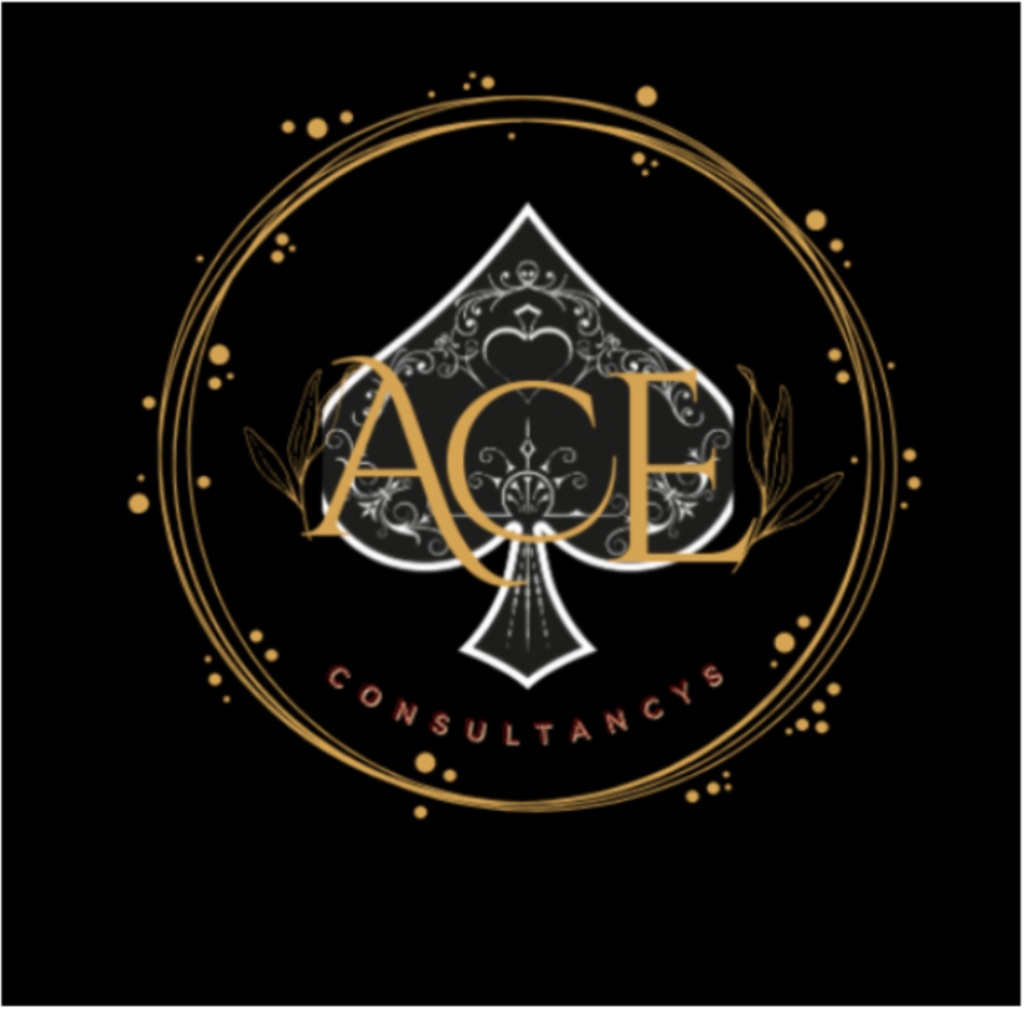Introduction
In today’s competitive business landscape, acquiring new customers costs five times more than retaining existing ones. This startling reality makes customer retention not just important but essential for sustainable business growth. Customer Relationship Management (CRM) systems have emerged as powerful tools to improve customer retention through data-driven insights and personalized engagement strategies. By effectively leveraging CRM to improve customer retention, businesses can significantly boost their profitability, as even a 5% increase in customer retention can lead to profit increases of 25% to 95%. This article explores practical strategies for using CRM systems to enhance customer loyalty, reduce churn, and maximize the lifetime value of your customer relationships.
Understanding the ROI of Customer Retention
Before diving into CRM strategies, it’s crucial to appreciate the financial impact of customer retention. According to research by Frederick Reichheld of Bain & Company, increasing customer retention rates by just 5% increases profits by 25% to 95%. This dramatic effect occurs because loyal customers tend to spend more, cost less to serve, and often become advocates for your brand.
Additionally, the probability of selling to an existing customer is 60-70%, while the probability of selling to a new prospect is only 5-20%, according to Marketing Metrics. These statistics underscore why businesses should prioritize keeping existing customers happy rather than solely focusing on acquisition.
How CRM Improves Customer Retention
CRM systems serve as centralized platforms for managing all customer interactions, providing businesses with comprehensive views of their customers’ journeys. Here’s how CRM improves customer retention:
Data-Driven Customer Insights
Modern CRM systems collect and analyze customer data from multiple touchpoints, enabling businesses to develop deeper understandings of customer needs, preferences, and behaviors. According to Salesforce, companies using CRM analytics have seen up to a 29% increase in sales and a 42% improvement in forecast accuracy. These insights allow businesses to identify at-risk customers before they churn and create targeted retention strategies.
By segmenting customers based on behaviors, preferences, or value, businesses can develop personalized retention approaches tailored to specific customer groups. This level of personalization significantly improves engagement and loyalty.
Streamlined Communication
CRM systems enable consistent, timely, and relevant communication across all customer touchpoints. Whether through email, social media, phone calls, or in-person interactions, CRM ensures that all customer-facing teams have access to the same customer information, creating seamless experiences that foster trust and loyalty.
A study by Microsoft found that 72% of customers expect service agents to know their contact information, product details, and service history without having to repeat information. CRM systems make this possible by providing a 360-degree view of each customer.
Proactive Customer Service
Perhaps the most powerful way CRM improves customer retention is by enabling proactive service. Instead of waiting for customers to report problems, businesses can use CRM data to anticipate issues and address them before customers become frustrated.
According to Gartner, proactive customer service results in a full point increase in Net Promoter Score, Customer Satisfaction Score, Customer Effort Score, and Value Enhancement Score. CRM systems flag warning signs such as decreased engagement, delayed responses, or reduced purchase frequency, allowing businesses to intervene with retention offers or enhanced support.
Implementing Effective CRM Retention Strategies
Now that we understand how CRM improves customer retention, let’s explore specific strategies for implementation:
Develop a Structured Onboarding Process
The customer journey begins with onboarding, and this critical phase sets the tone for the entire relationship. Use your CRM to create automated onboarding sequences that educate new customers about your products or services, showcase features they might miss, and provide resources for success.
According to Wyzowl, 86% of people say they’d be more likely to stay loyal to a business that invests in onboarding content that welcomes them after making a purchase. CRM systems can track customer progress through onboarding and trigger appropriate follow-ups for those who might need additional assistance.
Create Personalized Loyalty Programs
CRM data allows businesses to design loyalty programs based on actual customer behaviors rather than one-size-fits-all approaches. By analyzing purchase history, engagement patterns, and preferences, you can develop reward systems that genuinely resonate with different customer segments.
Research by Accenture shows that 91% of consumers are more likely to shop with brands that provide relevant offers and recommendations. Your CRM can automate the delivery of personalized rewards at strategic moments in the customer journey.
Implement Regular Check-Ins and Reviews
Schedule regular relationship reviews for high-value customers using your CRM’s task management features. These check-ins demonstrate that you value the relationship beyond transactions and provide opportunities to address concerns before they lead to churn.
For subscription-based businesses, the CRM can trigger review meetings before renewal periods, enabling teams to showcase value and address any issues that might prevent renewal.
Leverage Predictive Analytics for Retention
Advanced CRM systems now offer predictive analytics that can forecast which customers are at risk of churning. According to Forrester, insights-driven businesses are growing at an average of more than 30% annually and are on track to earn $1.8 trillion by 2025.
These predictive models analyze patterns such as declining engagement, decreasing purchase frequency, or support ticket escalations to identify at-risk customers. Once identified, your CRM can trigger intervention campaigns designed to re-engage these customers before they leave.
Measuring CRM Retention Success
To ensure your CRM retention strategies are working, establish key performance indicators such as:
- Customer churn rate
- Customer lifetime value
- Renewal rates (for subscription businesses)
- Repeat purchase rates
- Net Promoter Score or Customer Satisfaction Score
Your CRM system should provide dashboards to track these metrics over time, allowing you to refine your retention strategies continuously.
Conclusion
In an era where customer loyalty is increasingly rare, CRM systems provide businesses with powerful tools to improve customer retention through data-driven insights, personalized experiences, and proactive service. By implementing strategic CRM retention initiatives, businesses can significantly increase customer lifetime value while reducing the high costs associated with constant customer acquisition.
Remember that effective customer retention is not about manipulating customers to stay but about genuinely delivering value that makes leaving unattractive. As you refine your CRM retention strategies, continue to focus on creating authentic experiences that make customers feel valued and understood. When used correctly, your CRM system becomes not just a database but a strategic asset that drives loyalty, advocacy, and sustainable growth.
How has your experience with CRM systems impacted your business’s customer retention? We’d love to hear your thoughts and success stories in the comments below. If you found this article helpful, please consider sharing it with your network on social media to help other businesses improve their customer retention strategies.
FAQ
How much can customer retention impact profitability?
Even a 5% increase in customer retention can boost profits by 25-95%, making it significantly more cost-effective than acquisition.
2. Which CRM metrics matter most for retention?
Focus on churn rate, customer lifetime value, renewal rates, repeat purchase frequency, and satisfaction scores.
3. Can small businesses benefit from CRM retention strategies?
Absolutely! Small businesses often see higher ROI as their personal relationships are enhanced by data-driven insights.
4. How frequently should we analyze CRM retention data?
Monthly reviews are recommended, with real-time monitoring for high-value accounts.
5. What’s the first step to improving retention with CRM?
Start by ensuring quality data collection and proper segmentation of your customer base.
Read More : https://aceconsultancys.com/crm-vs-spreadsheets/










